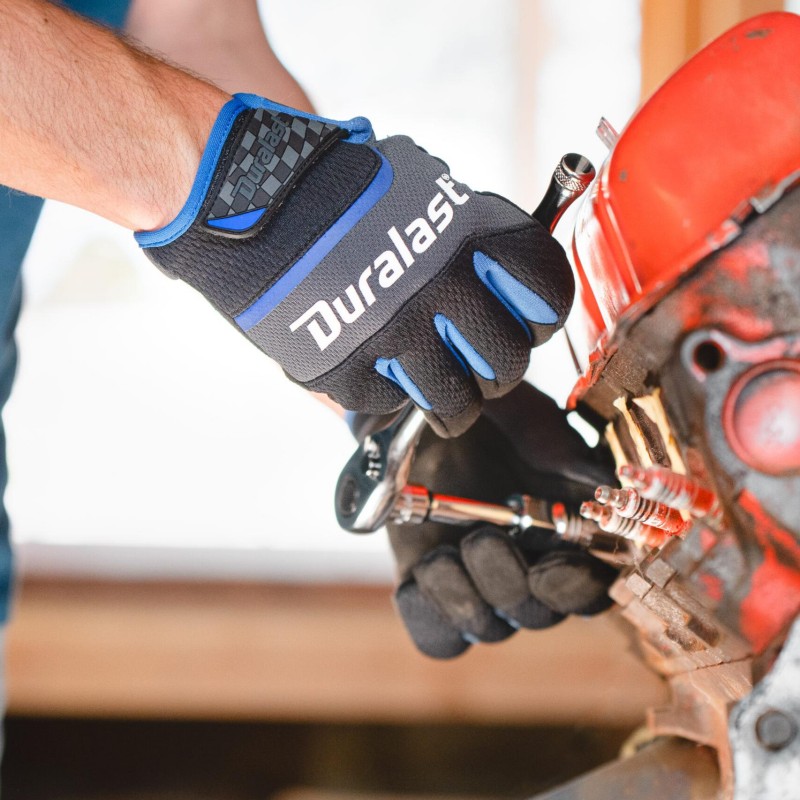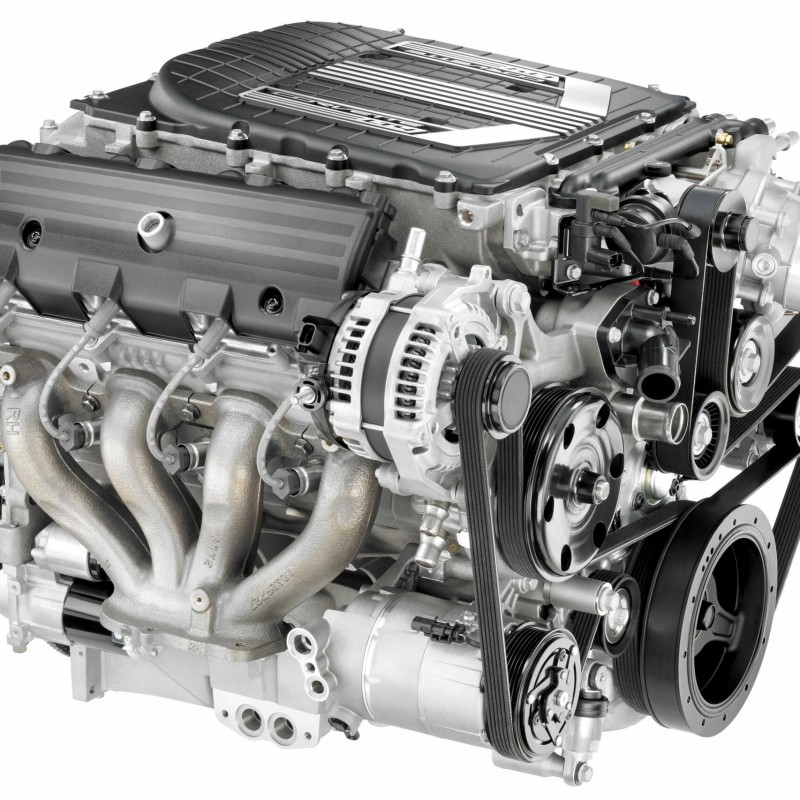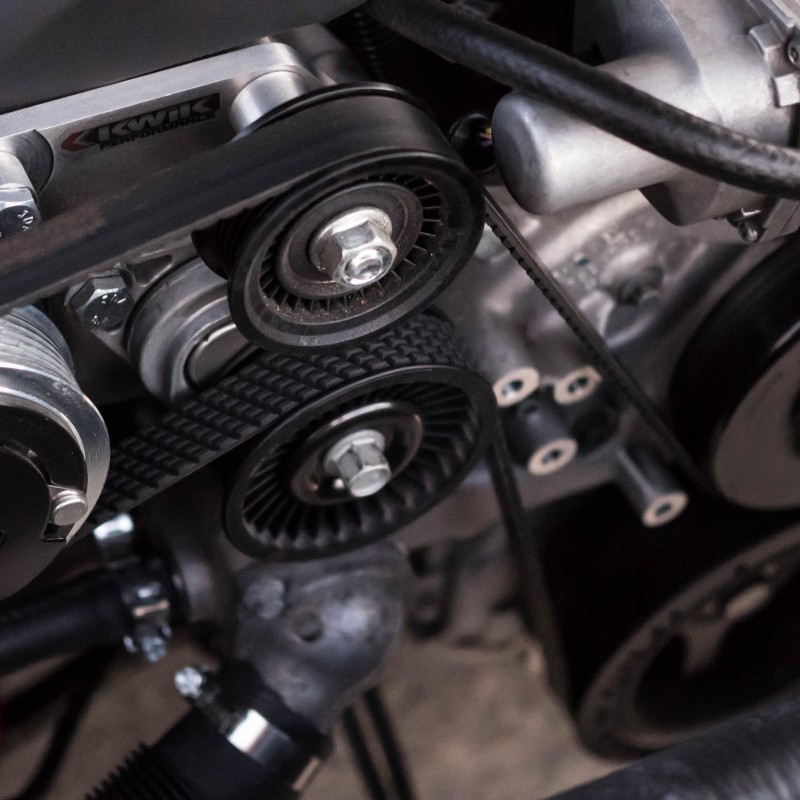The V8 engine is widely celebrated in the automotive industry for its power, efficiency, and smooth operation. Perfected over decades, this engine type boasts eight cylinders arranged in a V configuration, allowing for robust performance in various vehicles, from sports cars to trucks. Understanding the intricacies of the V8 engine, including its diagram, components, and functionality, is crucial for automotive enthusiasts and professionals alike.
This article will delve into the V8 engine diagram, highlighting its parts, their roles, and the overall workings of this formidable engine. We will cover everything from the basics of cylinder arrangement to the complex interplay between the engine components during operation. Furthermore, we’ll discuss the history and evolution of the V8 engine, its applications, maintenance tips, and potential challenges. By the end of this extensive exploration, you will gain a comprehensive understanding of the V8 engine and its diagram, allowing you to appreciate the engineering marvel that it is.

Overview of the V8 Engine Configuration
The V8 engine configuration has become synonymous with power and performance. But to appreciate its design, let’s first explore what distinguishes a V8 engine from other configurations.
What is a V8 Engine?
A V8 engine consists of eight cylinders that typically operate in two banks, creating a V shape. This design allows for smoother operation and more efficient power generation than inline engines. The configuration balances the power output and helps distribute weight evenly across the chassis.
Cylinder Arrangement
The arrangement of cylinders in a V8 engine is critical for its operation. In most cases, the cylinders are arranged at a 90-degree angle from each other. This design provides optimal combustion efficiency and enhances power delivery, as the power strokes from opposing cylinders occur at different intervals, creating a more balanced performance.
Power and Performance
The V8 engine’s ability to produce high horsepower and torque makes it a favorite among car enthusiasts and manufacturers alike. This engine configuration allows for quick acceleration, making it ideal for both performance vehicles and heavy-duty applications like trucks and SUVs.
Key Components Illustrated in the V8 Engine Diagram
Understanding the key components of a V8 engine is essential for grasping how this powerful machine works. Let’s break down the main parts depicted in the V8 engine diagram.
Cylinders and Pistons
The cylinders are the heart of the V8 engine, where the fuel-air mixture ignites and creates power. Each cylinder houses a piston that moves up and down, converting the energy from combustion into mechanical work.
- Piston Movement: As the piston moves down during the intake stroke, it creates a vacuum that draws in the air-fuel mixture. When the mixture ignites, the resulting explosion forces the piston back down, creating power to turn the crankshaft.
Crankshaft
The crankshaft is a crucial part of the V8 engine that converts the linear motion of the pistons into rotational motion, allowing it to turn the wheels of the vehicle. It is designed to withstand immense forces and is typically made from high-strength steel.
- Crankshaft Bearings: Proper lubrication and alignment of the crankshaft bearings are critical for smooth operation and longevity.
Cylinder Heads
The cylinder heads sit on top of the engine block and contain essential components like the valves and spark plugs. They play a critical role in the engine’s combustion process.
- Valves: Equipped with intake and exhaust valves, the cylinder heads control the flow of air and fuel into the cylinders and the exit of combustion gases. Properly functioning valves ensure optimal performance and efficiency.
Camshaft
The camshaft is responsible for opening and closing the valves at the right time during the intake and exhaust strokes. In many V8 engines, the camshaft is located in the engine block (overhead valve configuration) or in the cylinder heads (overhead cam configuration).
- Timing: The timing of the camshaft is vital for efficient combustion. If the timing is off, the engine may run poorly or inefficiently.
Intake Manifold
The intake manifold directs the air-fuel mixture into the cylinders. It also plays a role in equalizing the flow of incoming air.
- Plenum: The design of the intake manifold plenum affects performance characteristics, such as throttle response and power delivery across the RPM range.
Exhaust Manifold
The exhaust manifold collects exhaust gases from the cylinders and directs them to the exhaust system. Proper design and construction are critical to reduce restrictions and improve engine breathing.
- Heat Management: Exhaust manifolds must be designed to handle high temperatures and pressure to prevent damage to the engine and ensure efficient operation.
Timing Belt/Chain
The timing belt or chain connects the crankshaft and camshaft, regulating the timing of valve operation. Ensuring this component is properly maintained is critical for the engine’s performance.
- Replacement: Regular inspection and replacement of the timing belt or chain according to the manufacturer’s specifications can prevent catastrophic engine failure.

Oil Pump
The oil pump circulates engine oil throughout the engine, lubricating the components and helping to dissipate heat. Proper oil flow is crucial for reducing friction and wear.
- Oil Quality: Using high-quality oil and maintaining proper oil levels are essential for the longevity of the engine.
The V8 Engine Cooling System
An effective cooling system is crucial for any engine, especially for the high-performance V8 engine. Understanding how the cooling system works will help you appreciate its importance in preventing overheating.
Radiator
The radiator is a key component in the cooling system, dissipating heat from the engine coolant. As heated coolant travels from the engine to the radiator, it passes through tubes and fins, where it cools down before returning to the engine.
- Cooling Efficiency: A well-maintained radiator can effectively reduce engine temperatures, ensuring optimal performance.
Water Pump
The water pump circulates coolant through the engine and radiator, maintaining the engine’s optimal temperature by ensuring a constant flow of fluid.
- Preventing Overheating: A malfunctioning water pump can lead to insufficient coolant circulation, resulting in overheating and engine damage.
Thermostat
The thermostat regulates the flow of coolant based on the engine’s temperature. When the engine is cold, the thermostat remains closed to allow it to warm up quickly. As the engine reaches its optimal operating temperature, the thermostat opens to allow coolant to circulate.
- Temperature Regulation: An improperly functioning thermostat can cause overheating or inefficient engine operation, leading to suboptimal performance.
Common Problems with V8 Engines
Understanding common problems associated with V8 engines can help owners take proactive measures for maintenance and repair.
Overheating Issues
One of the most frequent issues faced by V8 engines is overheating, which can stem from low coolant levels, a faulty thermostat, or a malfunctioning water pump. Recognizing the early warning signs and addressing them immediately can save the engine from severe damage.
Oil Leaks
Oil leaks can arise from various components, including the oil pump, oil pan, or gaskets. Regular inspection can help identify and resolve oil leaks before they lead to significant issues.
Fuel Injection Issues
Problems with fuel injectors, such as clogs or malfunctions, can lead to poor performance and reduced fuel efficiency. Ensuring that fuel injectors are clean and functioning correctly is crucial for maintaining optimal engine performance.
Ignition Issues
The ignition system, which includes spark plugs, wires, and coils, can also present problems in a V8 engine. Misfiring or rough running may be symptoms of ignition-related issues that need to be addressed promptly.
Valve Train Problems
Worn components in the valve train, such as lifters or pushrods, can lead to poor performance or an increase in noise levels. Regular inspection and maintenance can prevent these issues from escalating.
Maintenance Tips for V8 Engines
Proper maintenance of your V8 engine can prolong its life and enhance performance. Here are essential maintenance tips for keeping your engine running smoothly.
Regular Oil Changes
Changing the engine oil on a regular schedule is one of the best ways to ensure the longevity of your V8 engine. Oil deterioration can lead to insufficient lubrication, which may result in increased friction and wear on engine components.
Coolant System Maintenance
Regularly check coolant levels and inspect the cooling system for leaks, ensuring that all components are functioning optimally. Flushing the coolant system periodically can also prevent buildup and corrosion.
Inspect the Ignition System
Regularly check spark plugs and ignition wires to ensure they are in good condition. Replace worn or damaged components to maintain proper engine performance.
Monitor Fluid Levels
Keep an eye on all fluid levels, including engine oil, coolant, transmission fluid, and brake fluid. Maintaining proper fluid levels is essential for the engine’s operation and overall performance.
Timing Belt/Chain Maintenance
Follow the manufacturer’s recommendations for timing belt or chain replacement to avoid potential catastrophic failure. Regular inspections can help identify issues before they become significant problems.
Battery Maintenance
Check the battery and its connections regularly. A weak or failing battery can lead to ignition problems, which can negatively affect engine performance.

Conclusion
Understanding the V8 engine diagram, its components, and functionality is essential for every automotive enthusiast or vehicle owner. The V8 engine is a powerful engineering marvel, and when properly maintained, it can provide exceptional performance for many years. By recognizing what causes engine overheating and how to resolve potential issues, you can ensure that your V8 engine operates at its best.
From regular oil changes to monitoring fluid levels and maintaining the cooling system, proactive maintenance is key to preventing problems before they arise. In doing so, you’ll not only enhance your vehicle’s performance but also extend the life of your engine.
Utilizing the knowledge shared in this article, vehicle owners can deepen their understanding of V8 engines and their operations, ultimately fostering a greater appreciation for the intricate design and engineering that goes into these powerful machines. Stay proactive in your maintenance, and your V8 engine will reward you with performance and reliability for many miles to come.
Tags: automotive engineering, engine maintenance, vehicle performance